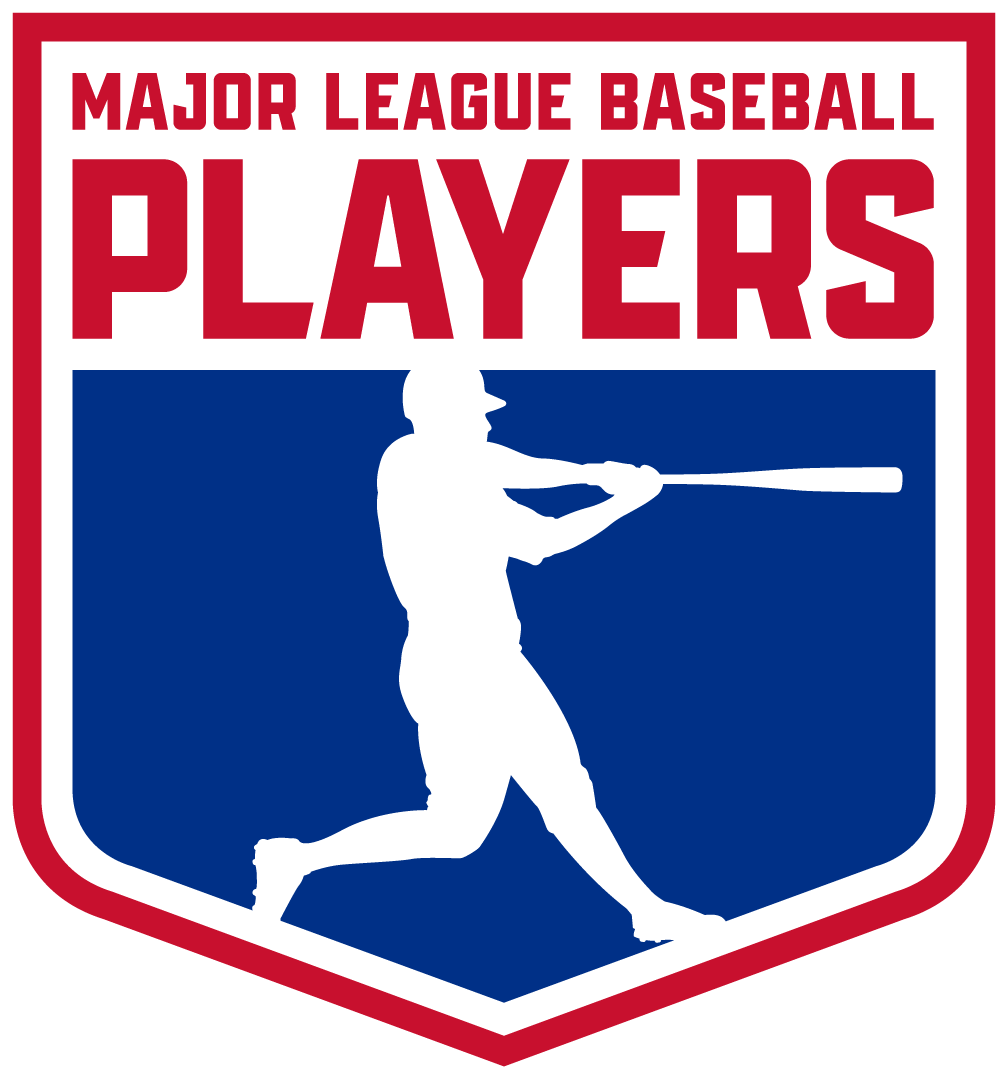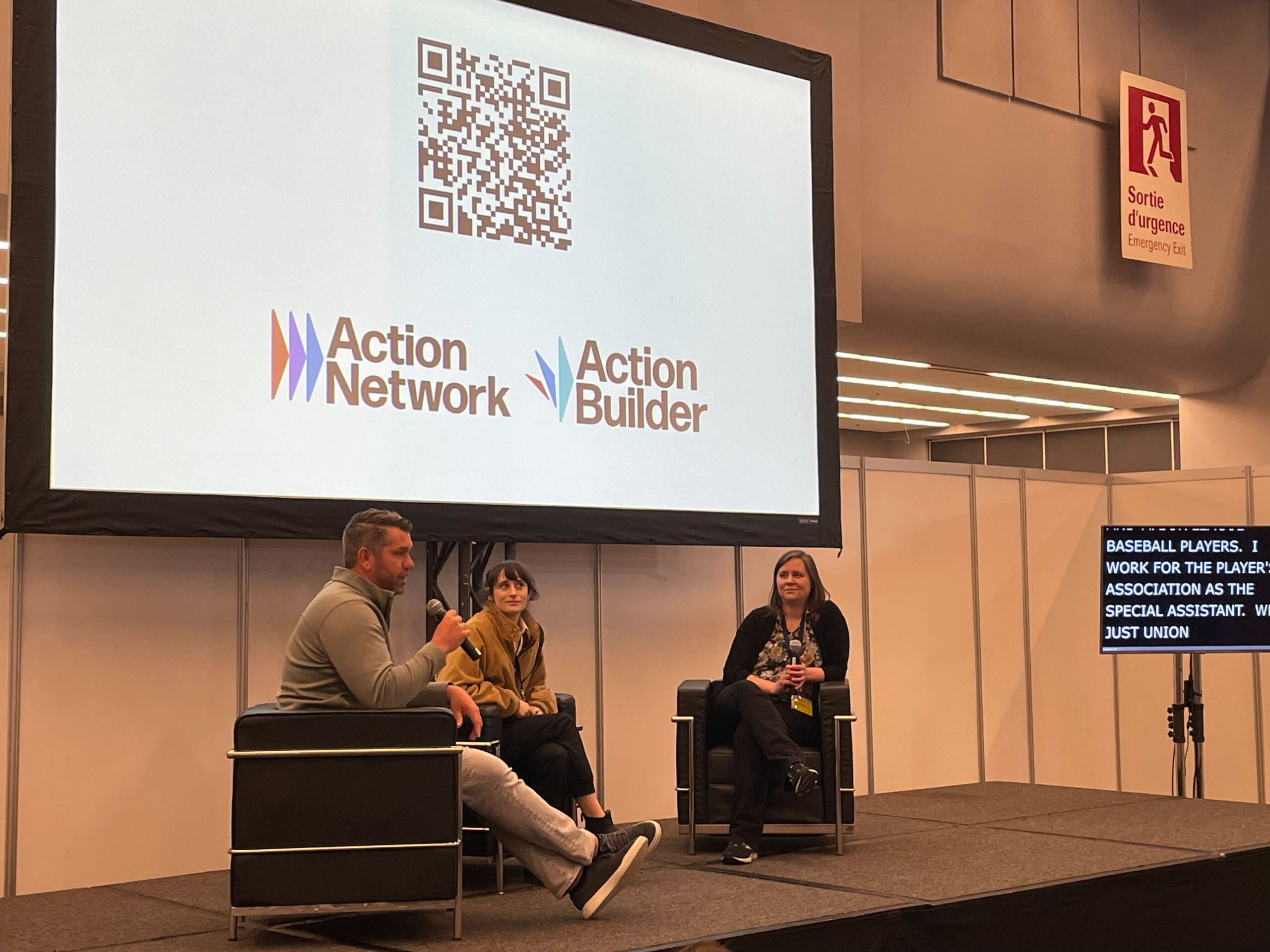 Photo by Jose Morales on Unsplash
Photo by Jose Morales on Unsplash
The 5,500 players in Minor League Baseball all have a few things in common: a love for the game of baseball, a brotherhood, and a dream of making it to the Major Leagues.
In recent years they’ve shared another commonality: a desire to form a players union to end decades of unfair working conditions.
“Historically, minor league players have been paid poverty-level wages and struggled with housing insecurity, food insecurity, a lack of representation, and long periods of unpaid work,” said Harry Marino, a former minor league player, former Executive Director of Advocates for Minor Leaguers, and current Assistant General Counsel at the Major League Baseball Players Association (MLBPA). “Players would make, as recently as last season, less than $12,000 a year. They have historically jammed seven, eight guys at a time into two- or three-bedroom apartments, and they’ve worked for the entire offseason without any pay at all.”
Minor leaguers play for 120 different teams spread across every corner of the United States, Canada, and the Caribbean. They come from different countries and varied backgrounds, often resulting in significant language barriers between players. They spend much of their time during the season on the road traveling to and from away games, and the pool of players changes frequently, with some players getting called up to play for major league teams, some getting traded, and others leaving the game entirely.
“Players would make, as recently as last season, less than $12,000 a year. They have historically jammed seven, eight guys at a time into two- or three-bedroom apartments, and they’ve worked for the entire offseason without any pay at all.”
Harry Marino, Assistant General Counsel at MLBPA
All of these factors make it harder to carry out the fundamentals of organizing: the one-to-one conversations that lead to trust and help identify and empower leaders.
Still, in September 2022, the 5,500 players of Minor League Baseball joined together and formed the first union in the league’s history, affiliating with the Major League Baseball Players’ Association (MLBPA), the union that represents all 1,200 players in Major League Baseball.

“While the Major League Baseball Players Association has represented major league players since the 1960s, minor league players, until this past year, have not had any union representation,” continued Harry. “So they haven’t had any voice or a seat at the table, which has allowed their exploitation and unfair working conditions to continue for decades on end.”
The culture of Minor League Baseball, reinforced by generations of players, was that aspiring players must suffer through poor pay and poor treatment in order to reach the Major Leagues.
“As a player, no one complained,” said Josh ‘JT’ Thole, a former player who played several seasons in the MLB for the New York Mets and the Toronto Blue Jays and now serves as the Minor League Special Assistant at the MLBPA. “You just didn’t say anything. You weren’t allowed to say anything. But in the event that someone would speak up, you would have some old curmudgeons that have been in the game forever saying, ‘We did it, so why can’t you guys do it?’ That was the rhetoric coming out of the minor leagues and why, in my opinion, nothing really changed, because guys wouldn’t rock the boat.”
How did the players of Minor League Baseball overcome so many obstacles to form their union?
While there are no shortcuts in organizing, there are tools that can help. Led by the Advocates for Minor Leaguers, a nonprofit organization, Minor league organizers used Action Builder to keep track of one-on-one conversations, make assessments of players’ support for the unionization effort, assign follow up tasks, and more.
Action Builder (actionbuilder.org) is an easy to use, mobile-first organizing tool built by organizers, for organizers. The toolset draws on the time-tested tools organizers have used for decades, from wall charts and flip charts to notebooks and three ring binders, to produce a tool designed for organizers on the go, giving them needed information at their fingertips to grow power and win real change.
“We simply couldn’t have organized Minor League Baseball players without Action Builder. We’re talking about nearly 6,000 players across the entire United States and five organizers. With Action Builder, we were able to sit on a Zoom call with five people, pull up a database, share the screen, and effectively be in 150 clubhouses across the United States right then and there and know who our leaders are, who’s talking to who, who’s signing petitions, and where we’re strongest.”
Harry Marino, Assistant General Counsel at MLBPA
“I was onboarded by Advocates [for Minor Leaguers] in May of 2022, and I was just introduced at that moment to Action Builder,” JT recalled. “I’m not much of a computer guy, so I wasn’t sure how long it was going to take for me to get up to speed on this. Once I got comfortable with it, and it didn’t take me long to get comfortable, it was something where we could track and record where all of our players were and who was speaking to who.”
With Action Builder in hand to stay on top of the organizing campaign and track next steps, organizers spent the summer talking to players about the common challenges they face in Minor League Baseball — from low pay to insufficient housing and facilities — and how they might work together to improve their conditions.
“Having never been part of an organizing drive, I really didn’t know what to expect, but I knew how important it was to know who is connected to who, and who can go speak in what clubhouse, and who are the guys that they’re speaking to,” JT continued. “I mean, we joke internally about what we did as a group, but at the end of the day, it was the players that did this, and how well connected they were speaks incredible volumes to the Action Builder base for us to track and say, ‘look how well connected this clubhouse was.’”
“We simply couldn’t have organized Minor League Baseball players without Action Builder,” Harry added. “The reason why is the geographic dispersion and the scale. We’re talking about nearly 6,000 players across the entire United States and five organizers. There was no way that was going to happen in-person, and it wasn’t going to happen without a digital component that was sophisticated and capable of facilitating that kind of organizing. With Action Builder, we were able to sit on a Zoom call with five people, pull up a database, share the screen, and effectively be in 150 clubhouses across the United States right then and there and know who our leaders are, who’s talking to who, who’s signing petitions, and where we’re strongest. We could assess all of that in real time thanks to Action Builder, and the organizers were incredibly disciplined about immediately inputting player interactions in the database, which allowed us to stay super updated on what was going on.”
When Harry, JT, and the other organizers with Advocates for Minor Leaguers determined that they had the support they needed to win the union, they sent out union-authorization cards to every player all at once. Days later, they had the necessary signatures they needed to win their union. Major League Baseball voluntarily recognized the minor leaguers’ union shortly thereafter.

The organizers credit Action Builder with helping them manage the whole process, from the earliest organizing stages to the union-authorization card drive. In many ways, Action Builder was developed by Action Network and organizers from AFL-CIO-affiliated unions to meet the kind of complex organizing challenges the Minor Leagues faced.
“As we got into the card drive, Action Builder and our ability to track player interactions and leadership was why we had the confidence to engage in the card drive and know we had the support,” Harry added. “The ability to track in real time who was signing a card in what clubhouse, who we had a relationship with hadn’t signed a card in the first day that we need to put a phone call into, what clubhouses everyone had signed a card in — that’s why, within a few days, we were very confident in the numbers because we were watching them tick in, in real time, in Action Builder.”
“It was so beneficial as an organizer to have the simplicity of using Action Builder,” JT said. “It wasn’t complicated, it was streamlined. Once we got to the card drive, to Harry’s point, that’s what kept us on the path to know exactly where we were by Day Two. By the end of Day One, we sat in the conference room and pulled up Action Builder, and we pretty much just did a massive analysis of where we were. Next thing you know, it was just like we had a computer that dinged every time we had a card signed, and it was unbelievable to witness and be part of something like that.”
Following the successful unionization effort, the minor leaguers’ union, now affiliated with the MLBPA, bargained with Major League Baseball over improvements to their salaries, their training facilities, their benefits, and more. The result is the league’s first ever Minor League Collective Bargaining Agreement, which guarantees specified rights to every player in the league.
In the meantime, JT is participating in the cooperative development process for Action Builder, working with organizers from several AFL-CIO affiliated unions to help improve the tool.
“It’s been great hearing other organizers’ perspectives and then working with Martha [Grant, Director of Cooperative Development at Action Network & Action Builder] on this,” added JT. “It’s interesting because every group uses the database differently. So I’m enjoying the meetings and helping develop and grow this tool for other organizers as the labor movement moves forward.”
Thank you to Harry and JT for telling their story about this historic organizing campaign! You can read more about the Minor League Baseball Players, an affiliate of the Major League Baseball Players Association (MLBPA) here and follow the MiLB Players on Twitter @Milb_players.
You can learn more about Action Builder at actionbuilder.org. Sign up to attend our next live demo here, or, if you’re ready to get your team started on Action Builder, click here to learn more about our Action Builder partnership packages.